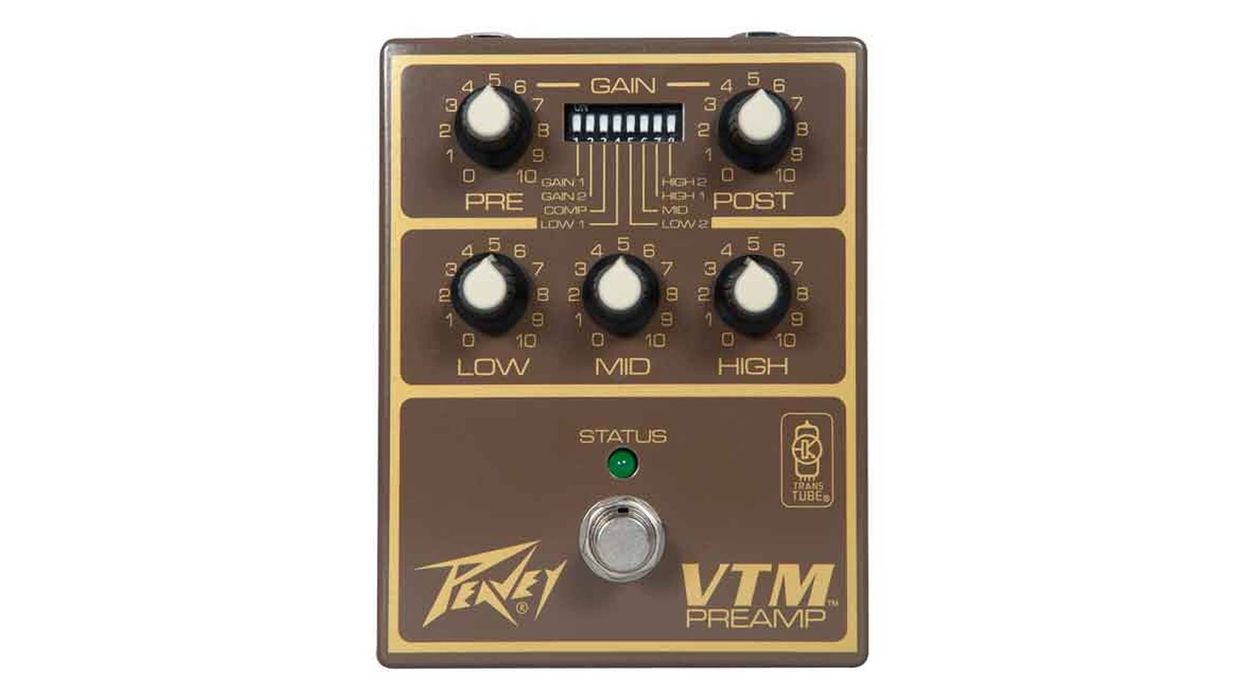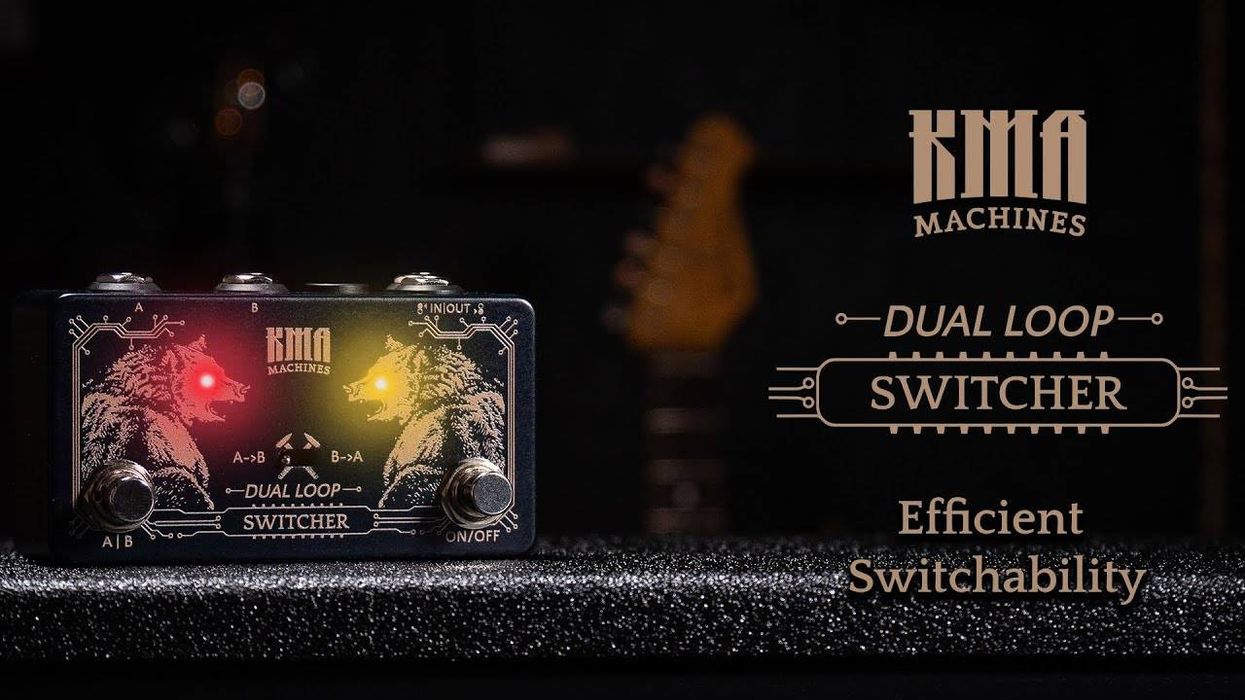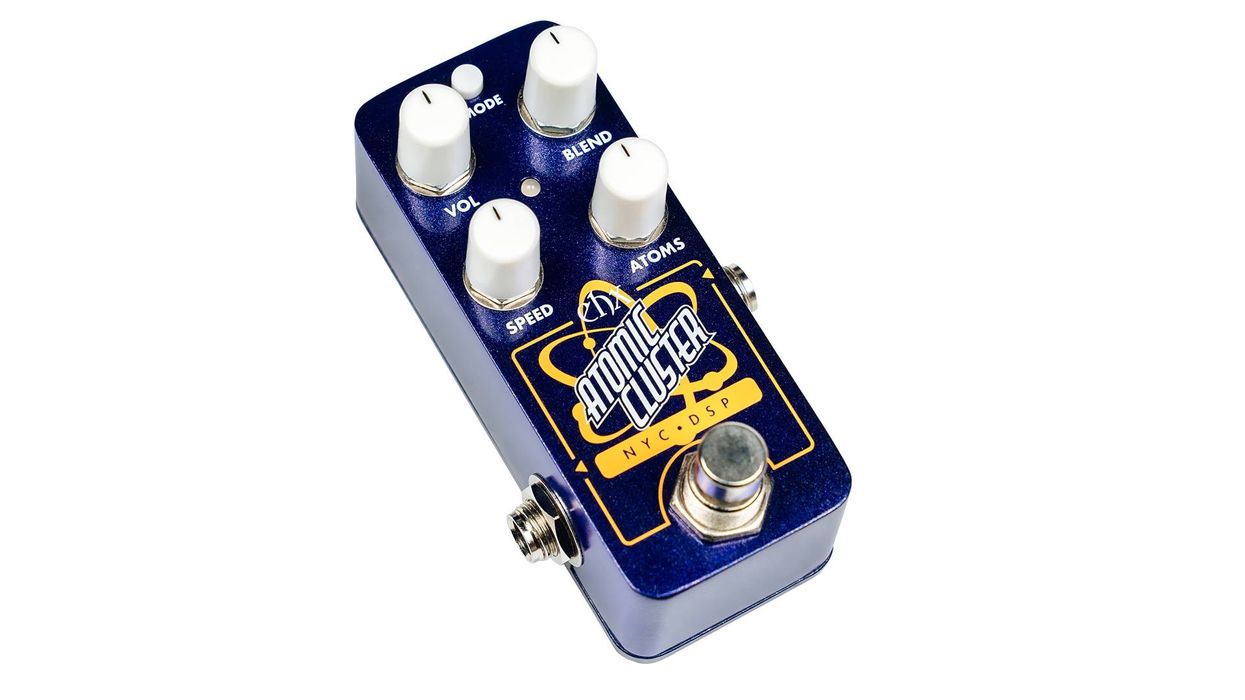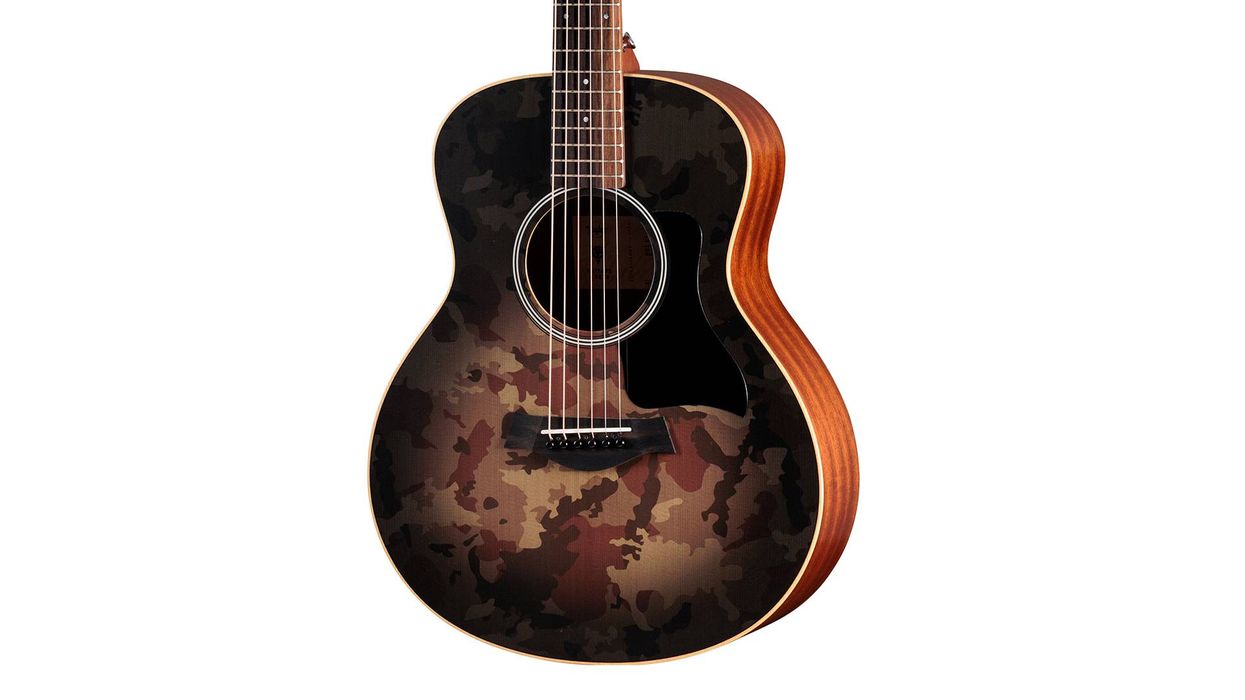Building a chord vocabulary is a lifelong
journey for many guitarists. From open
to barre, rootless to power, chords take on
all shapes and sizes. In this lesson, we’ll discover
how the same type of chord voicing
can perform different harmonic functions.
Let’s use the 12-bar blues form (both major
and minor) as our starting point.
First, we need to brush up on our basic chord-voicing knowledge. I’m sure most of you have played the voicing shown in Fig. 1 at one time or another. We describe this as a “drop 2” voicing.

In order to create this type of voicing, we first start with a close-position voicing. A close-position voicing means that all the chord tones are as close as possible to each other. From there, we move the second note from the top down an octave. In Fig. 2 you can see how this makes otherwise impossible chords more playable. This also works when you move the third note from the top down an octave. We call those “drop 3” voicings.

Next, let’s add tension to these voicings and apply them to a few different harmonic situations. We’ll start with a couple of major 7 and major 7(#11) substitutions. Once we have our drop 2 voicing, we substitute the 9 for the chord root. You can see how we applied this to a Cm7 chord in Fig. 3. The resulting voicing looks like an Ebmaj7 chord, but will function as a Cm9. We can add even more tension-filled extensions by substituting a few altered notes. If you replace the root of a C7 chord with a #9 and raise the 5 by a half-step, you end up with a voicing for Emaj7#11. Sticking to this maj7#11 concept, we will use an A%maj7#11 voicing for Dm11(b5) and a Bmaj7#11 voicing for G7#9#5.

Now, lets take some of our newly shaped voicings and apply them to a minor blues. In Fig. 4 I’m using both drop 2 and drop 3 voicings with these substitutions. These chord voicings are pretty rich and normally you wouldn’t comp using this many upper-structure sounds. Some of the first-inversion major 7 and major 7(#11) drop 2 voicings can be a little tricky to execute. Notice that I stayed away from third-inversion major 7 voicings. These voicings create a minor-second interval between the outer two voices when converted to drop 2. However, such guitarists as Ben Monder and John Abercrombie make them work—it just goes to show that sometimes rules are made to be broken.
or download example audio

There are lots of other chord substitutions, and mixing them up instead of using only major 7 and major 7(#11) voicings lets you create much better voice leading and play a variety of sounds. In Fig. 4 the chord substitutions are above the TAB and the blues changes are above the notation.
In Fig. 5 I’m using the same chord substitutions, but this time in the key of F. Here is a quick and easy chart for keeping track of the chords we’re using.

or download example audio

I hope you enjoyed some of the sounds you found here, and I encourage you to experiment with them in other keys and tunes. A great resource for digging deeper into this concept is Mel Bay’s Complete Book of Harmony, Theory & Voicing by Bret Willmott. When dealing with substitutions, the theoretical side of things can get pretty deep real quick. Just take it slow and don’t feel like you need to use a fancy chord for every change.
 Bruce Saunders
Bruce Saunders
Bruce Saunders is an award-winning guitarist, composer, author, and educator. He has recorded, performed, and toured with some of the world’s best jazz musicians, including Jack DeJohnette, Dave Holland, Bill Stewart, and Peter Erskine. Saunders has been a faculty member at the Berklee College of Music since 1992 and has also taught at New York University and The New School, and conducted clinics and concerts in many countries. Visit brucesaunders.com for more information.
First, we need to brush up on our basic chord-voicing knowledge. I’m sure most of you have played the voicing shown in Fig. 1 at one time or another. We describe this as a “drop 2” voicing.
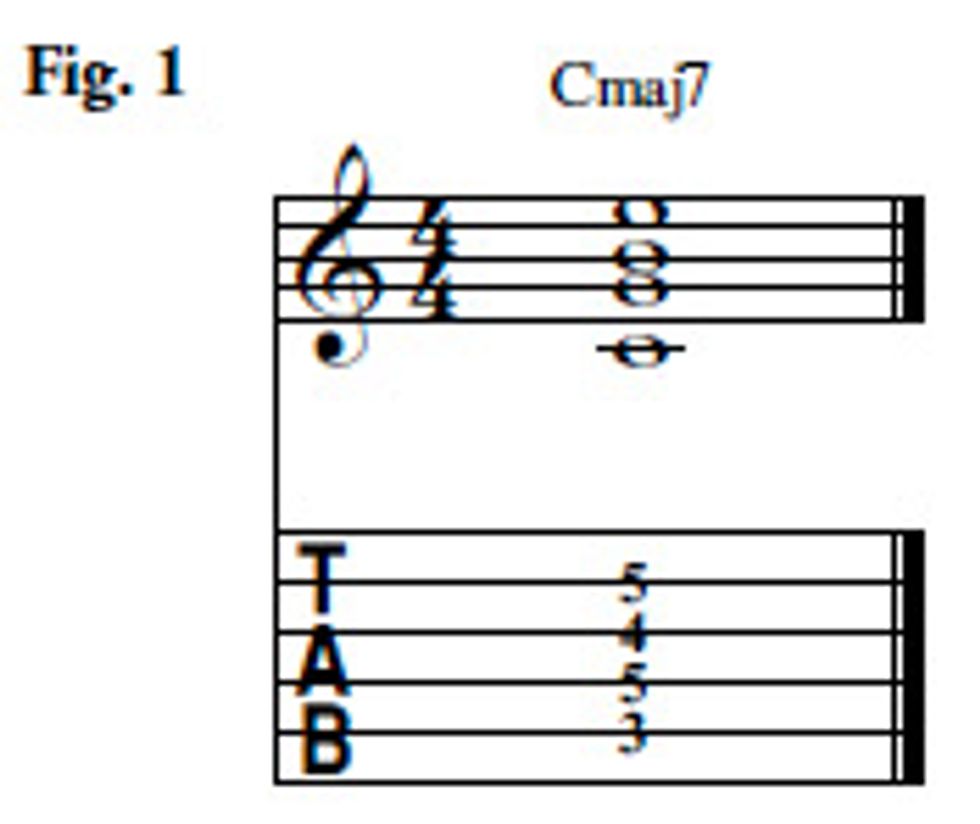
In order to create this type of voicing, we first start with a close-position voicing. A close-position voicing means that all the chord tones are as close as possible to each other. From there, we move the second note from the top down an octave. In Fig. 2 you can see how this makes otherwise impossible chords more playable. This also works when you move the third note from the top down an octave. We call those “drop 3” voicings.
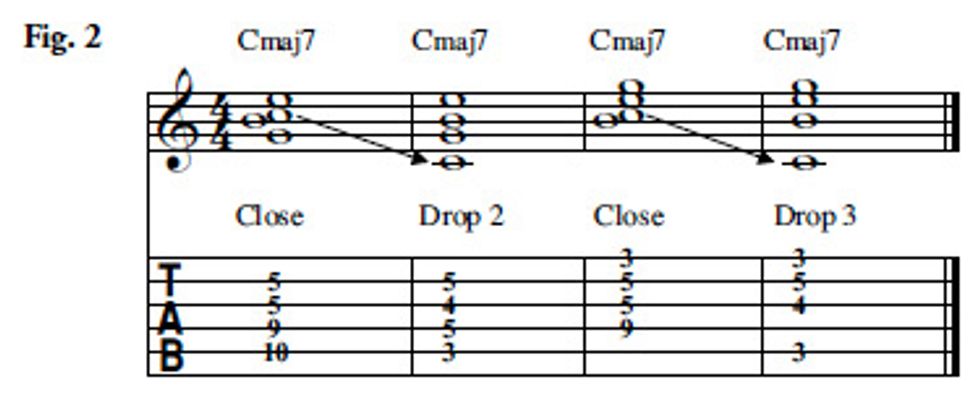
Next, let’s add tension to these voicings and apply them to a few different harmonic situations. We’ll start with a couple of major 7 and major 7(#11) substitutions. Once we have our drop 2 voicing, we substitute the 9 for the chord root. You can see how we applied this to a Cm7 chord in Fig. 3. The resulting voicing looks like an Ebmaj7 chord, but will function as a Cm9. We can add even more tension-filled extensions by substituting a few altered notes. If you replace the root of a C7 chord with a #9 and raise the 5 by a half-step, you end up with a voicing for Emaj7#11. Sticking to this maj7#11 concept, we will use an A%maj7#11 voicing for Dm11(b5) and a Bmaj7#11 voicing for G7#9#5.
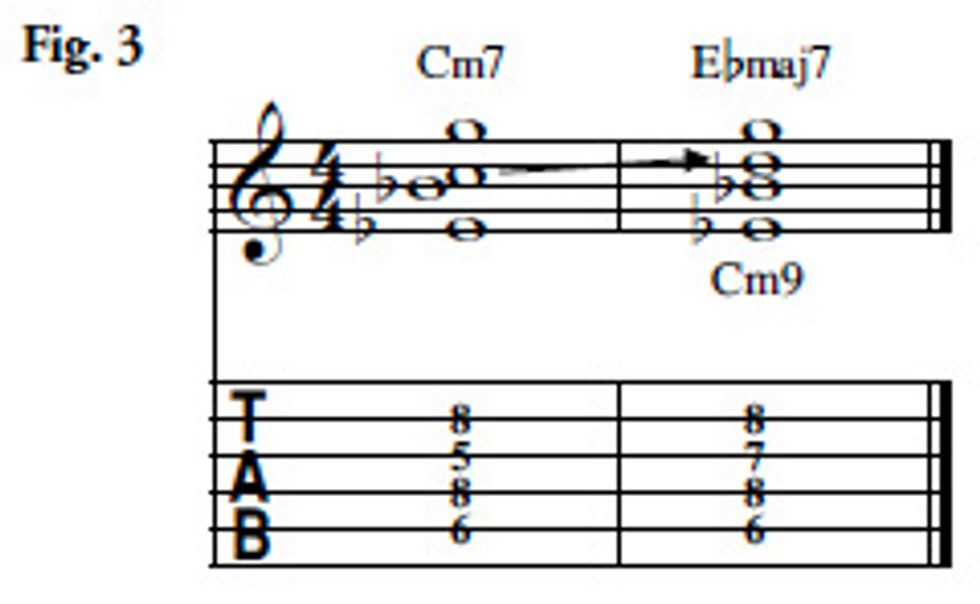
Now, lets take some of our newly shaped voicings and apply them to a minor blues. In Fig. 4 I’m using both drop 2 and drop 3 voicings with these substitutions. These chord voicings are pretty rich and normally you wouldn’t comp using this many upper-structure sounds. Some of the first-inversion major 7 and major 7(#11) drop 2 voicings can be a little tricky to execute. Notice that I stayed away from third-inversion major 7 voicings. These voicings create a minor-second interval between the outer two voices when converted to drop 2. However, such guitarists as Ben Monder and John Abercrombie make them work—it just goes to show that sometimes rules are made to be broken.
or download example audio
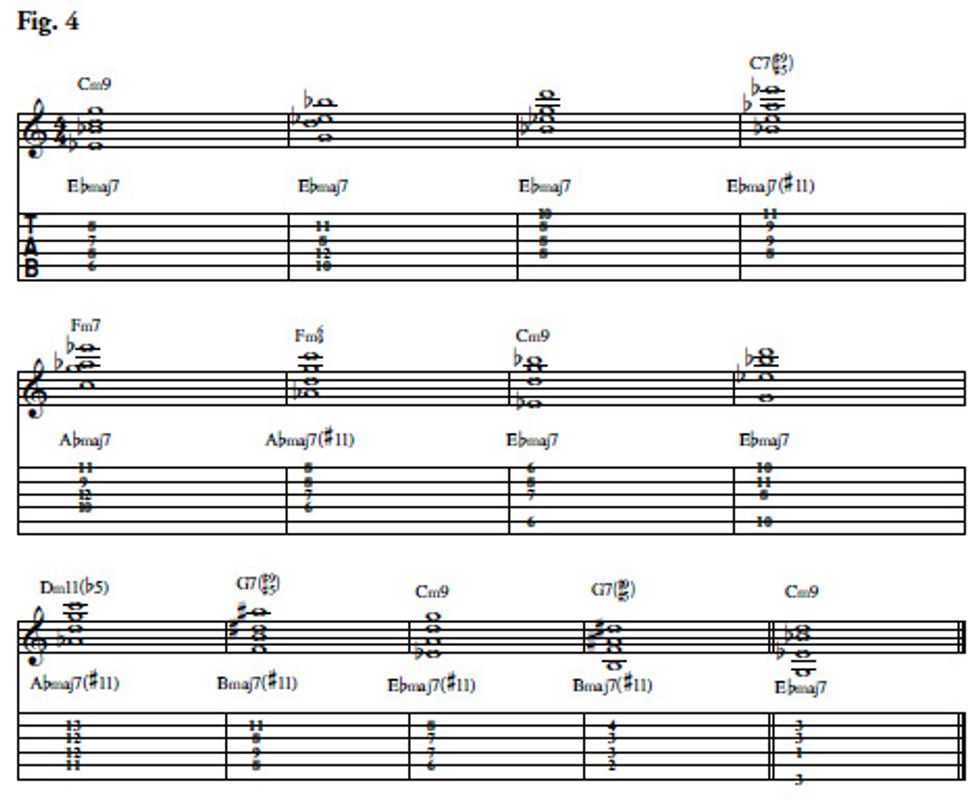
There are lots of other chord substitutions, and mixing them up instead of using only major 7 and major 7(#11) voicings lets you create much better voice leading and play a variety of sounds. In Fig. 4 the chord substitutions are above the TAB and the blues changes are above the notation.
In Fig. 5 I’m using the same chord substitutions, but this time in the key of F. Here is a quick and easy chart for keeping track of the chords we’re using.
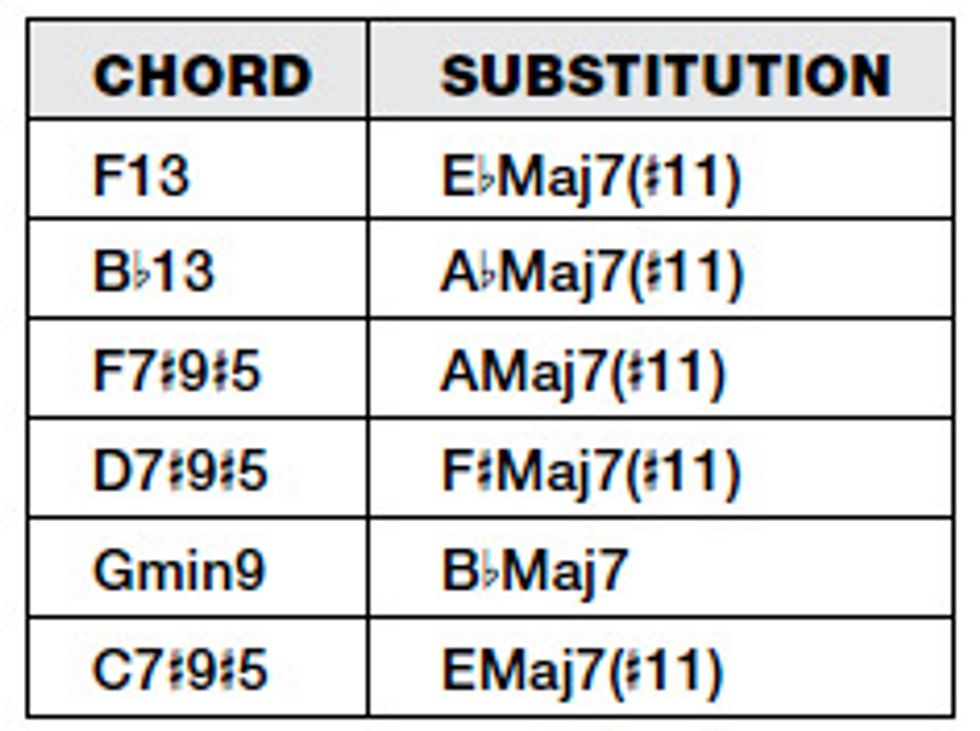
or download example audio
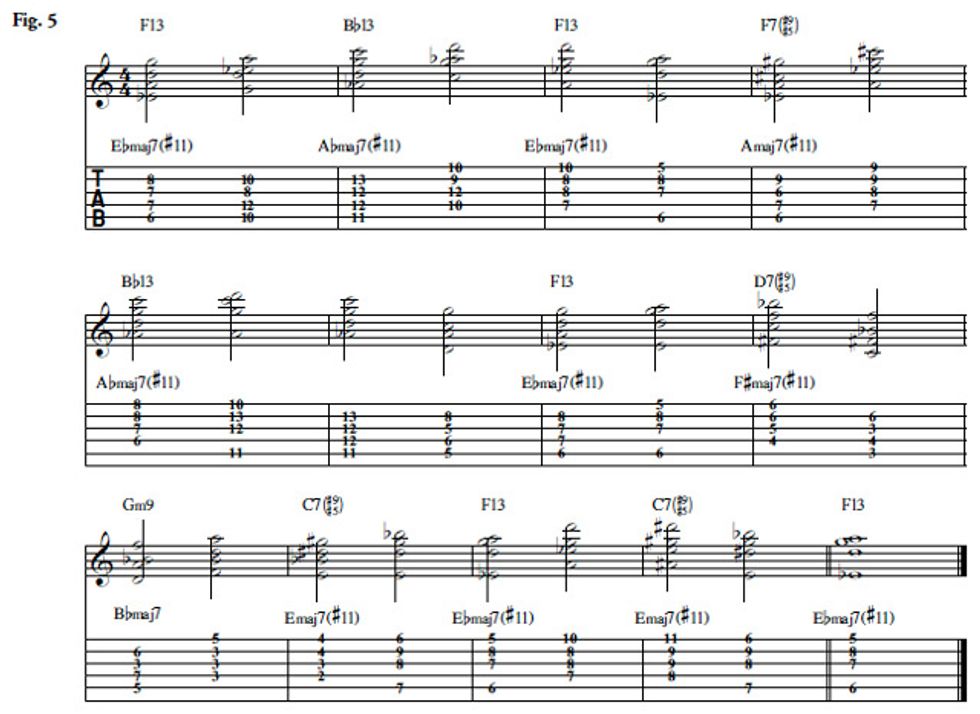
I hope you enjoyed some of the sounds you found here, and I encourage you to experiment with them in other keys and tunes. A great resource for digging deeper into this concept is Mel Bay’s Complete Book of Harmony, Theory & Voicing by Bret Willmott. When dealing with substitutions, the theoretical side of things can get pretty deep real quick. Just take it slow and don’t feel like you need to use a fancy chord for every change.
 Bruce Saunders
Bruce SaundersBruce Saunders is an award-winning guitarist, composer, author, and educator. He has recorded, performed, and toured with some of the world’s best jazz musicians, including Jack DeJohnette, Dave Holland, Bill Stewart, and Peter Erskine. Saunders has been a faculty member at the Berklee College of Music since 1992 and has also taught at New York University and The New School, and conducted clinics and concerts in many countries. Visit brucesaunders.com for more information.


